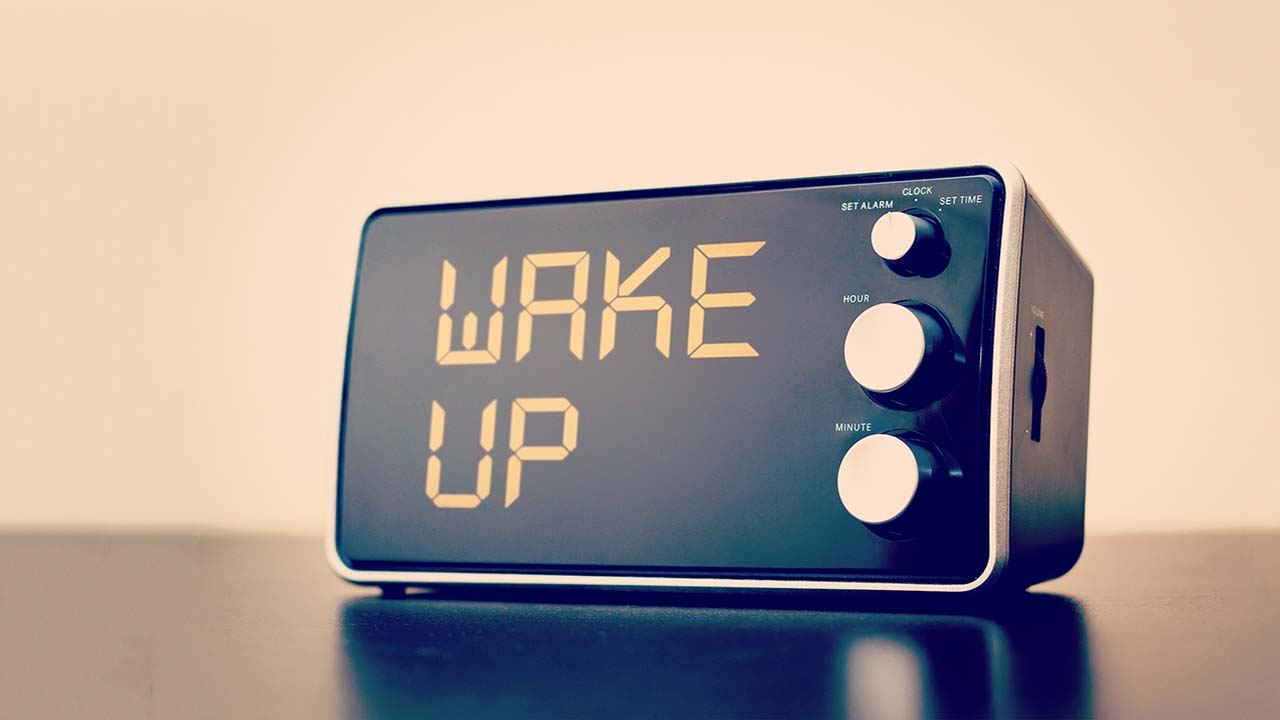Insights > Does Daylight Saving Time Really Save Energy?
Does Daylight Saving Time Really Save Energy?
02/26/2020

Daylight Saving Time (DST) is the practice of advancing clocks one hour in spring and moving them back to standard time in the fall. How is changing the clock supposed to save energy?
The idea is to provide us with an extra hour of daylight in the evening, giving us the opportunity to spend more time outdoors. When we spend more time outdoors, we use less energy for lighting, watching television or operating appliances.
A brief history of DST
DST is a change in the standard time of each time zone. (Time zones were adopted by the railroad industry during the 19th century as a means for standardizing their schedules.) Benjamin Franklin is often credited with first proposing the idea of seasonal time change in 1784, but it wasn't until World War I that the modern concept of DST was introduced nationwide as a temporary energy-saving measure. It became standard practice with the Uniform Time Act of 1966.
DST and energy savings: what the research says
Although DST has been in use for decades as a way to conserve energy, its  effectiveness has been difficult to prove. Early research focused mostly on lighting and found some energy savings were achieved, while later studies incorporating wider energy-use patterns produced mixed results.
effectiveness has been difficult to prove. Early research focused mostly on lighting and found some energy savings were achieved, while later studies incorporating wider energy-use patterns produced mixed results.
A report by the U.S. Department of Transportation found that DST reduced electricity use by 1 percent but had no impact on home heating. A European study found lighting energy use decreased slightly, while heating demand increased 9 percent. A report by the National Bureau of Economic Research found that while lighting energy decreased, the savings were offset by increases in heating and cooling demand.
What about the extension of DST that began in 2007? Has it had any effect on energy use? Once again, reports are mixed. A California Energy Commission study concluded that extending DST had little or no effect on energy consumption. A U.S. Department of Energy report found a decrease in energy use per day of extended DST, but only by 0.5 percent.
A brighter tomorrow?
The lack of solid evidence supporting DST as an energy-saving measure may be due to inconsistencies in study methods and evolving lifestyles. Lighting is much more efficient, and overall energy-use patterns are much more complex. It's likely the growing use of computers and electronics has reduced any energy-saving impact of changing the clocks.
In recent years, there's been debate over whether to end or extend DST. Future research will be helpful in weighing its cost and benefits and comparing it with other ways to save energy.
If you're interested in saving energy dollars, you don't have to depend on Daylight Saving Time. Entergy offers energy efficiency programs that can help you save energy and money in your home. Check out what's available in your area.
Content provided for Entergy customers, Powered by Questline RelationshipBuilder. © Questline Inc.
